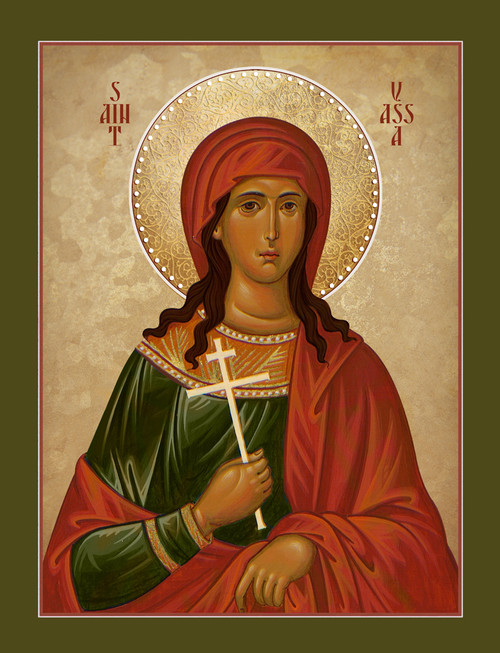St. Cuthbert of Lindisfarne, Wonder-worker of Britain (+687)
Commemorated March 20
The son (born c. 634) of Anglo-Saxon Christian parents living in the north of England, Cuthbert experienced a miraculous occurrence while still a youth which determined the direction of his life. He was tending sheep in the hills when he witnessed the soul of St. Aidan, abbot of the monastery of Lindisfarne, being carried to heaven by the angels at his death in 651 in nearby Bamburgh. Cuthbert was so moved by this experience that he entered the monastery at Lindisfarne himself and began his life of prayer. He helped found and lead several other monasteries and was involved in missionary activity at a time when many local people were still pagan. Cuthbert was eventually appointed prior at Lindisfarne but, like many monks before and after him, his desire for the solitary life became stronger and stronger. In 676, he relinquished his position as prior and withdrew to Inner Farne, an almost deserted area where he could live as a hermit. But – as has also been true for other holy men and women – many people sought him out for spiritual guidance. Archbishop Theodore (the Greek Archbishop of Canterbury) appointed him bishop, and Cuthbert left the solitary life to devote himself to service to the people of his diocese. He was beloved by all for his teaching, preaching, and gift of healing. Cuthbert died, surrounded by his monks, on March 20, 687, and was buried at Lindisfarne. When, eleven years later, his casket was opened so that the bones could be placed in a more elaborate shrine, the monks found not bones, but an incorrupt body, which looked just as it had on the day of his death.
More information about this saint can be found here.







